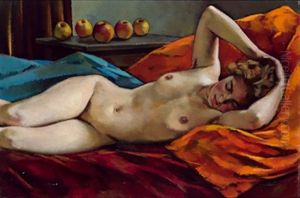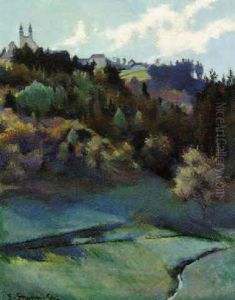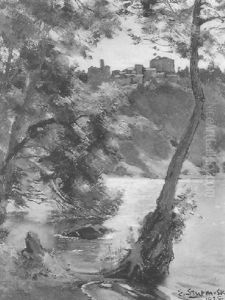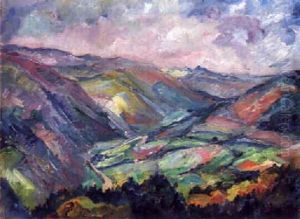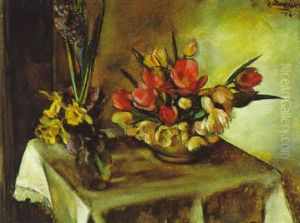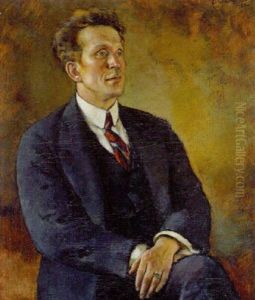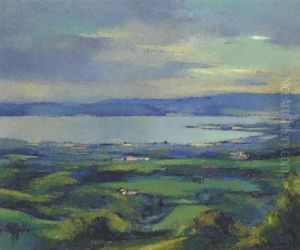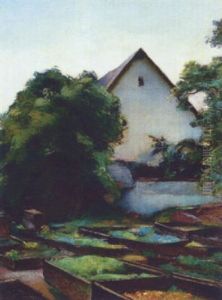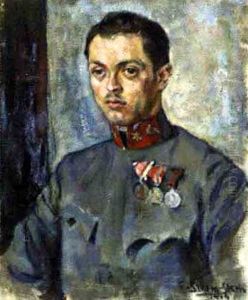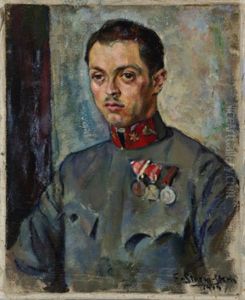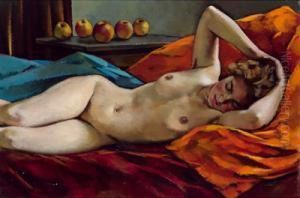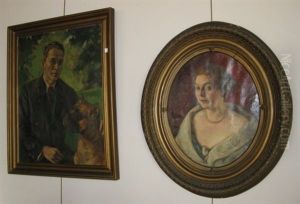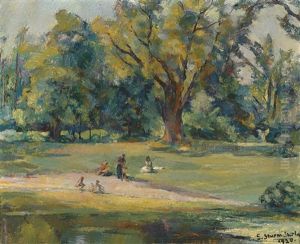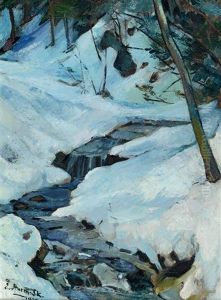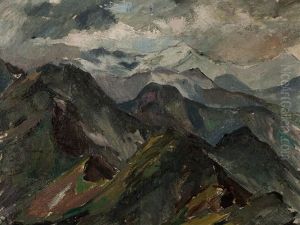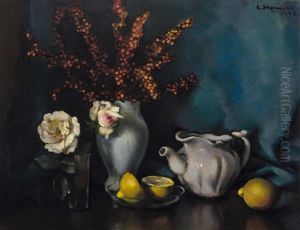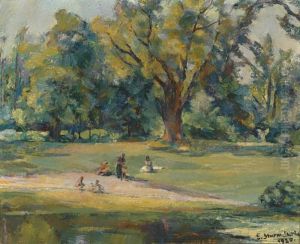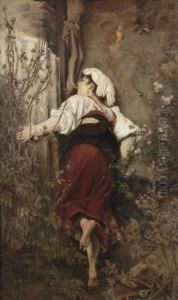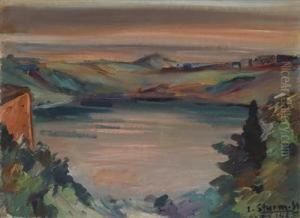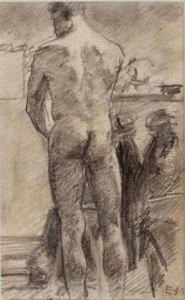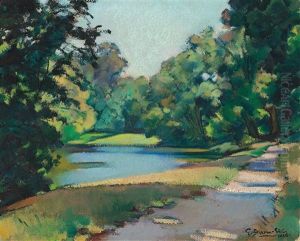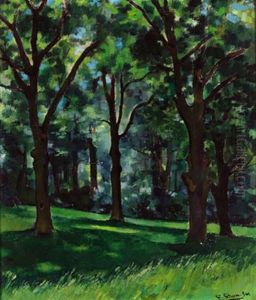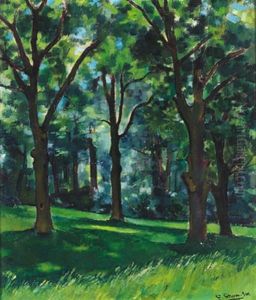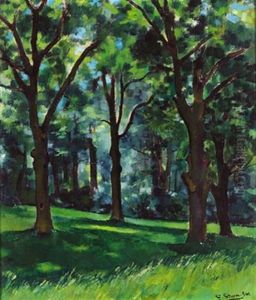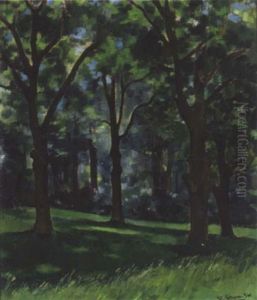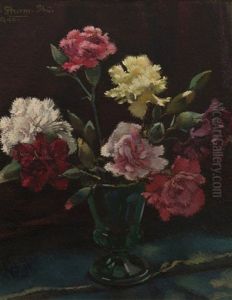Egge (eugen) Sturm-Skrla Paintings
Eugene 'Egge' Sturm-Skrla was an Austrian-born artist known for his work in a variety of media, including painting, graphic design, and illustration. Born on November 20, 1908, in Vienna, Austria, Sturm-Skrla was active during a turbulent period in European history, which influenced much of his art and career.
Sturm-Skrla initially studied at the Vienna School of Arts and Crafts, where he honed his skills in traditional artistic techniques. His early work showed an affinity for the prevailing styles of the time, particularly Art Deco and the Vienna Secession, as well as elements of Expressionism. During his studies, he was exposed to a range of art movements, which would later be reflected in the diversity of his artistic output.
In the 1930s, Sturm-Skrla began to establish himself as a graphic artist, working on posters, advertisements, and book illustrations. His work during this period was marked by bold lines, vibrant colors, and an often whimsical approach to subject matter, which became his trademark. However, the rise of National Socialism and the onset of World War II in Europe had a profound impact on his career and personal life.
Following the war, Sturm-Skrla's art took a more introspective turn, reflecting the broader existential concerns of the time. He experimented with abstract forms and was influenced by the emerging trends of Abstract Expressionism and other avant-garde movements. Despite the challenges of the post-war era, he continued to work and exhibit, contributing to the revitalization of the European art scene.
Throughout his career, Sturm-Skrla remained dedicated to exploring the possibilities of visual art, shifting between different styles and techniques as he saw fit. This adaptability and willingness to evolve artistically allowed him to maintain a dynamic presence in the art world for several decades.
Eugene Sturm-Skrla passed away on October 28, 1994. Today, he is remembered for his diverse body of work and his contributions to the graphic arts, which continue to be celebrated in Austria and beyond. His legacy is preserved through his artworks, which remain in private collections and museums, and through the ongoing study of his impact on 20th-century art.
